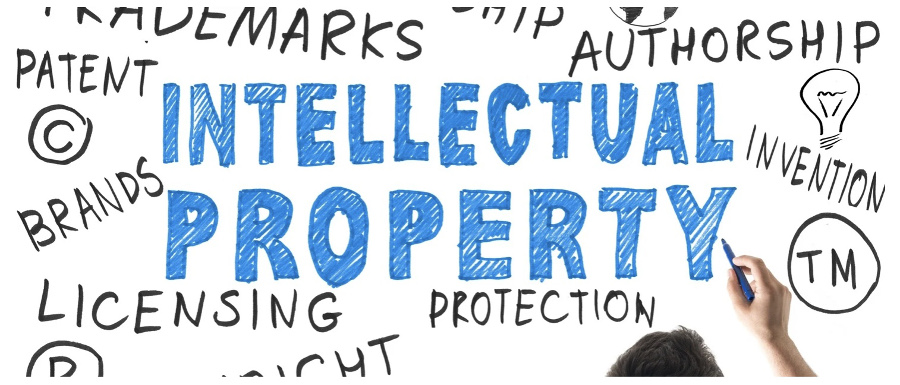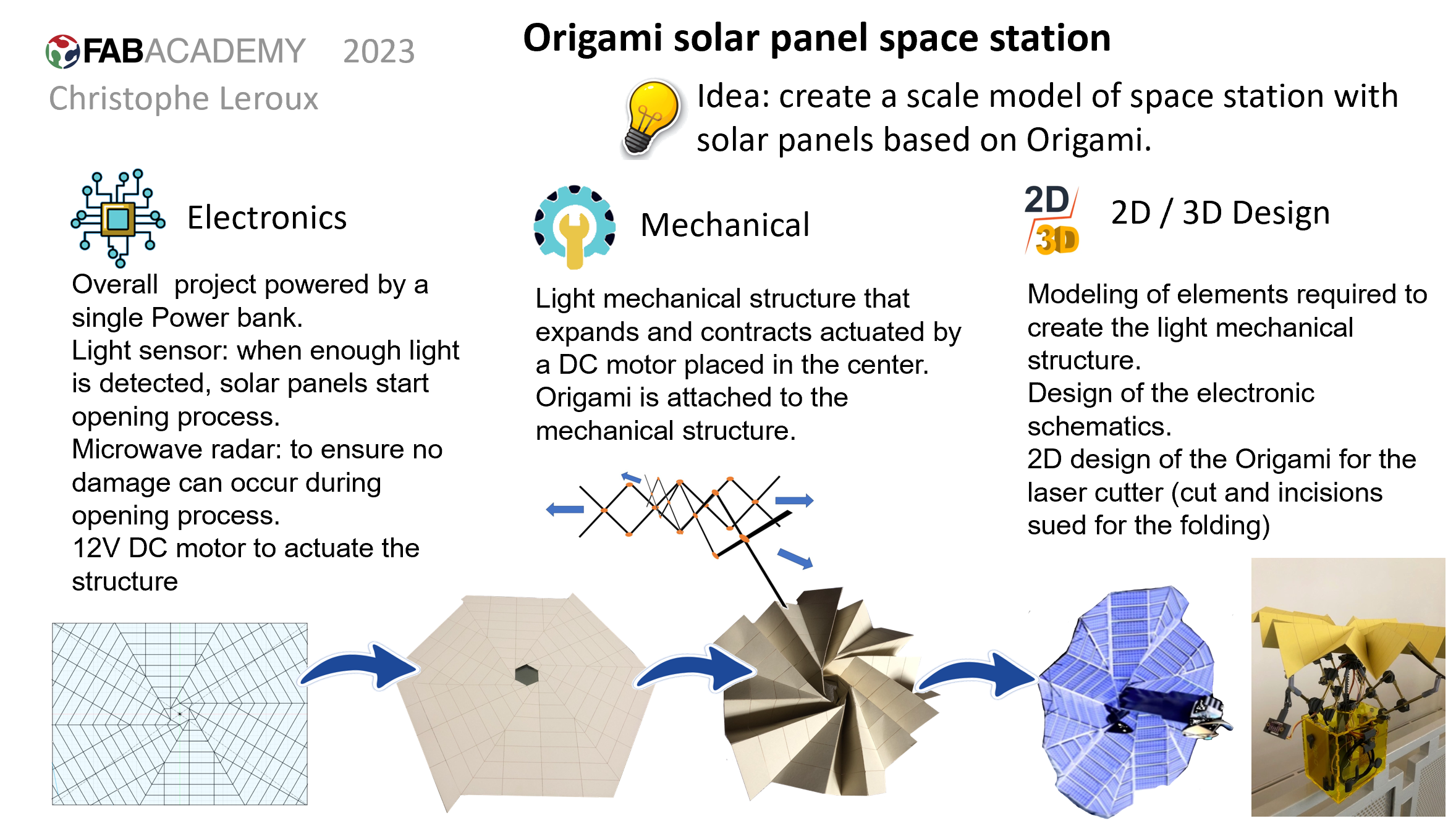
17. Invention, Intellectual Property, and Income
Invention and intellectual property, exploration of the these concepts:
Invention:
An invention refers to the creation or discovery of a new and useful process, machine, composition of matter, or any new and useful improvement thereof.
It is the result of human ingenuity, problem-solving, and the application of knowledge and skills to develop something novel and valuable. Inventions can range from physical devices and technologies to new methods or techniques.
Intellectual Property (IP):
Intellectual property refers to the legal rights that are granted to individuals or entities for their creations or inventions.It provides exclusive ownership and control over intangible assets derived from human intellect and creativity.
Intellectual property rights (IPRs) serve to protect and incentivize the creators, allowing them to reap the benefits of their innovations and prevent others from using or copying their work without permission.The main forms of intellectual property protection are:
a. Patents: Patents grant exclusive rights to inventors for a limited period, typically 20 years, to prevent others from making, using, selling, or importing their invention. Patents are granted for inventions that are novel, non-obvious, and have industrial applicability. They are commonly used to protect technological innovations.
b. Copyright: Copyright protects original works of authorship, such as literature, music, art, computer software, and other creative expressions. It gives the creator exclusive rights to reproduce, distribute, display, perform, and modify their work. Copyright protection usually lasts for the lifetime of the creator plus a certain number of years after their death.
c. Trademarks: Trademarks protect distinctive signs, symbols, logos, or names that are used to distinguish and identify goods or services of a particular source. They provide exclusive rights to the owner and prevent others from using similar marks that could lead to confusion in the marketplace. Trademarks can be registered to strengthen their legal protection, but unregistered marks may also receive certain common law protections.
d. Trade Secrets: Trade secrets encompass confidential and proprietary business information, formulas, processes, methods, or any valuable information that gives a competitive advantage to a company. Unlike patents or copyrights, trade secrets are not publicly disclosed and rely on maintaining secrecy. As long as the information remains confidential, trade secrets can be protected indefinitely.
e. Industrial Designs: Industrial designs protect the visual appearance or aesthetic aspects of a product or object. They refer to the unique design features that give a product a specific visual appeal or shape. Industrial design rights grant exclusivity to the creator for a specified period, enabling them to prevent others from copying or imitating the design.
The purpose of intellectual property rights is to foster innovation, encourage creativity, and provide economic incentives for inventors and creators. By protecting intellectual property, it helps create a framework for fair competition and stimulates technological advancements, cultural development, and economic growth.
It's important to note that intellectual property laws and regulations may vary from country to country, and there are international agreements and organizations, such as the World Intellectual Property Organization (WIPO), that facilitate cooperation and harmonization of IP protection globally.
Individual assignment:
Develop a plan for dissemination of your final project
This project was developed with ambitions that are anything but commercial. First, my motivation was to immerse myself in the fascinating world of Origami and to succeed in combining the magic of paper with mechanics, electronics and computing.
The project in its current state is working properly but is of course only a first release with a room for improvement in some areas.
Having said that, my intention is to continue working on it for a few iterations to make it more optimized, especially in the opening of the Origami.
I sincerely hope that this project can be useful to other students in the network in the future and that it can be useful to them in their learning journey. This is very important for me to share with our network of makers this fantastic journey made of failures & learning.
Prepare a first draft of slide and video clip presentation
Prepare drafts of your summary slide (presentation.png, 1920x1080) and video clip (presentation.mp4, 1080p HTML5, < ~minute, < ~10 MB)
Put these 2 files in your root directory
One slide presentation of my final project:
